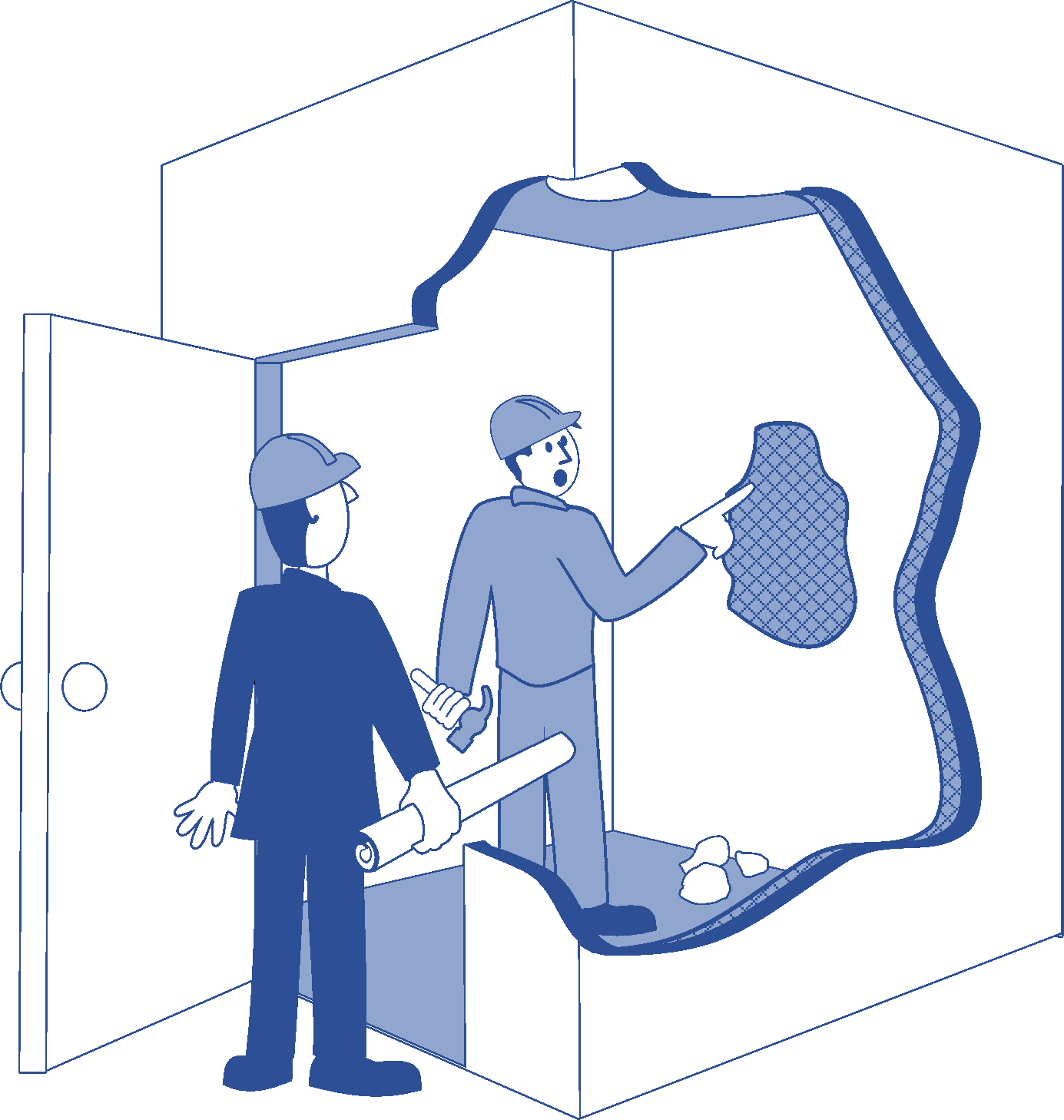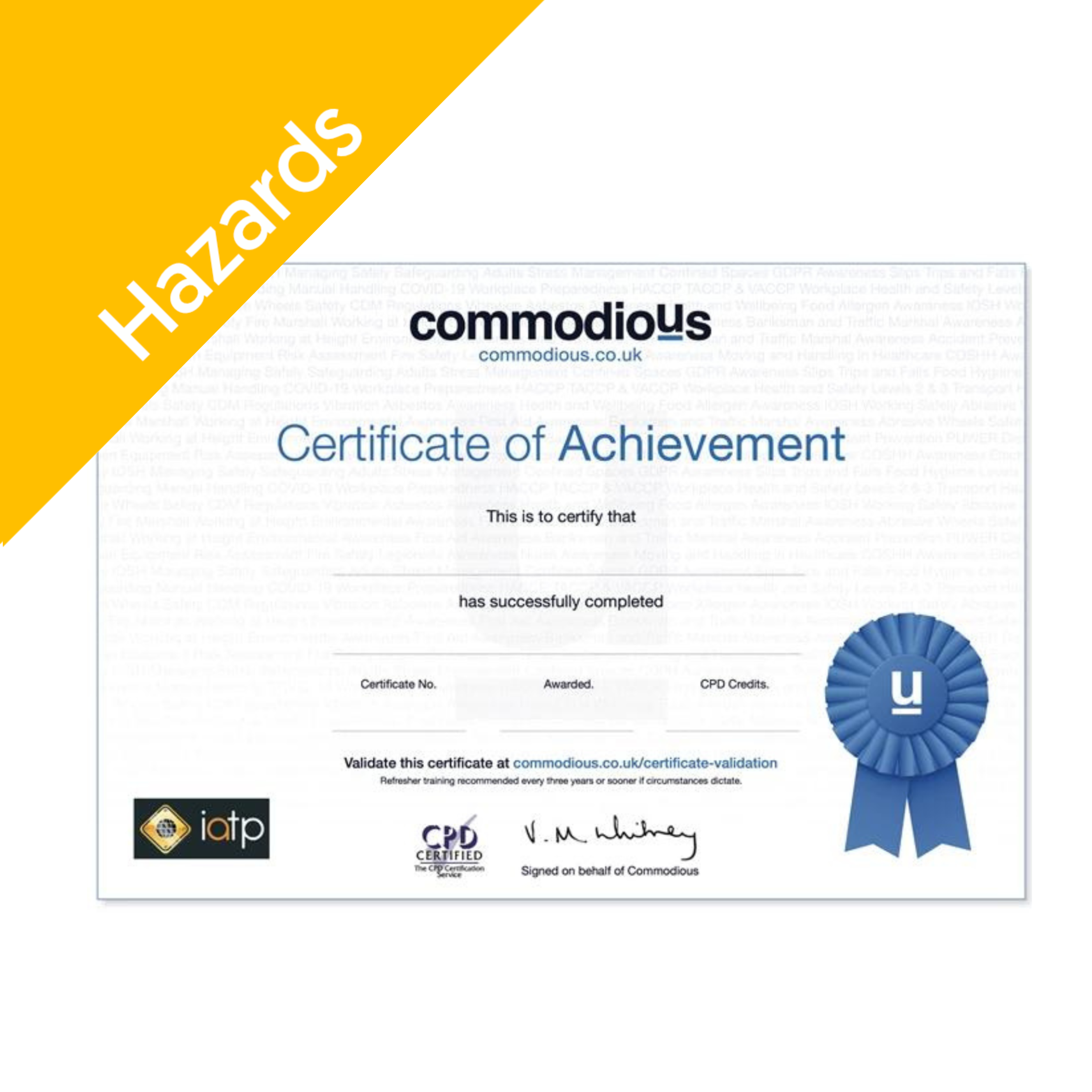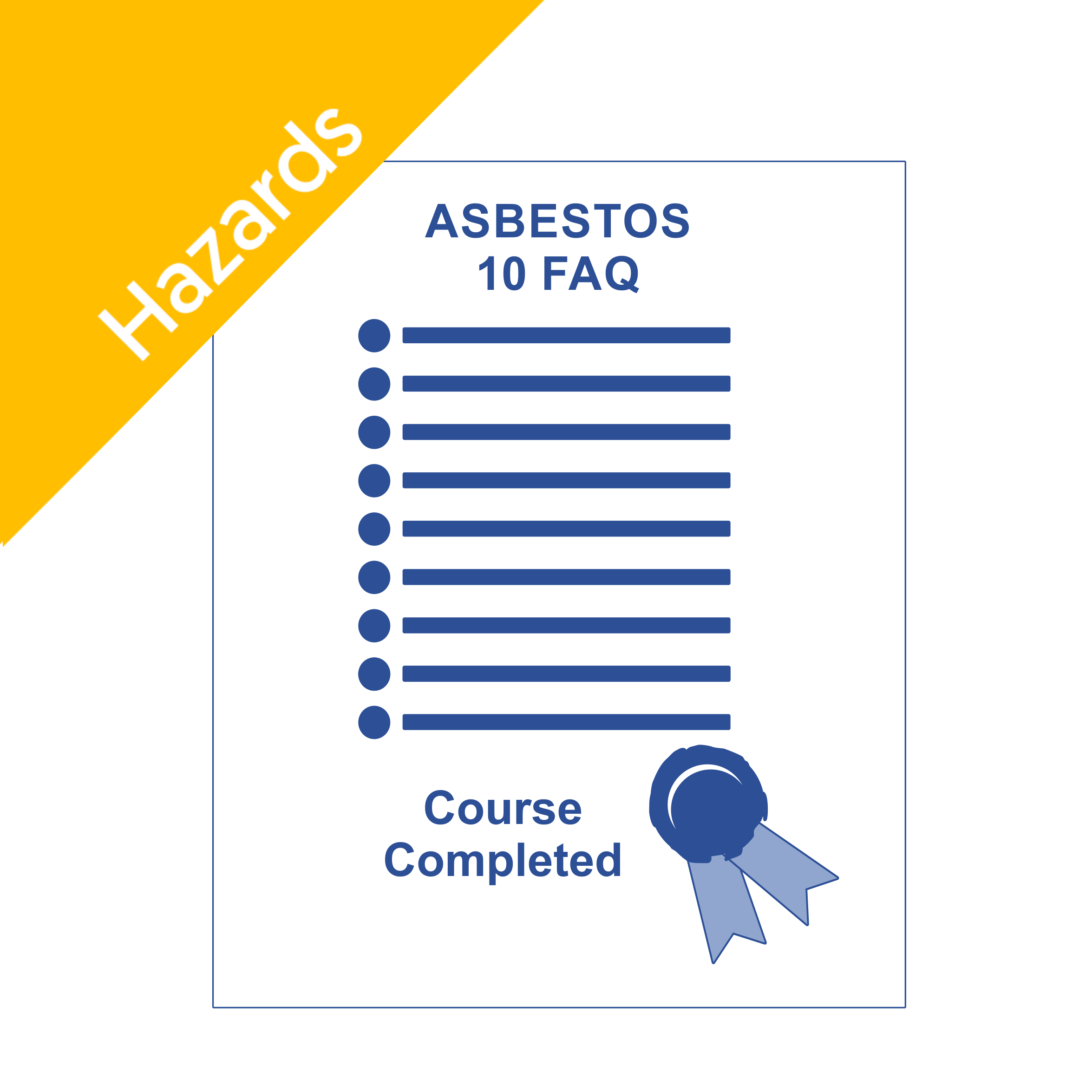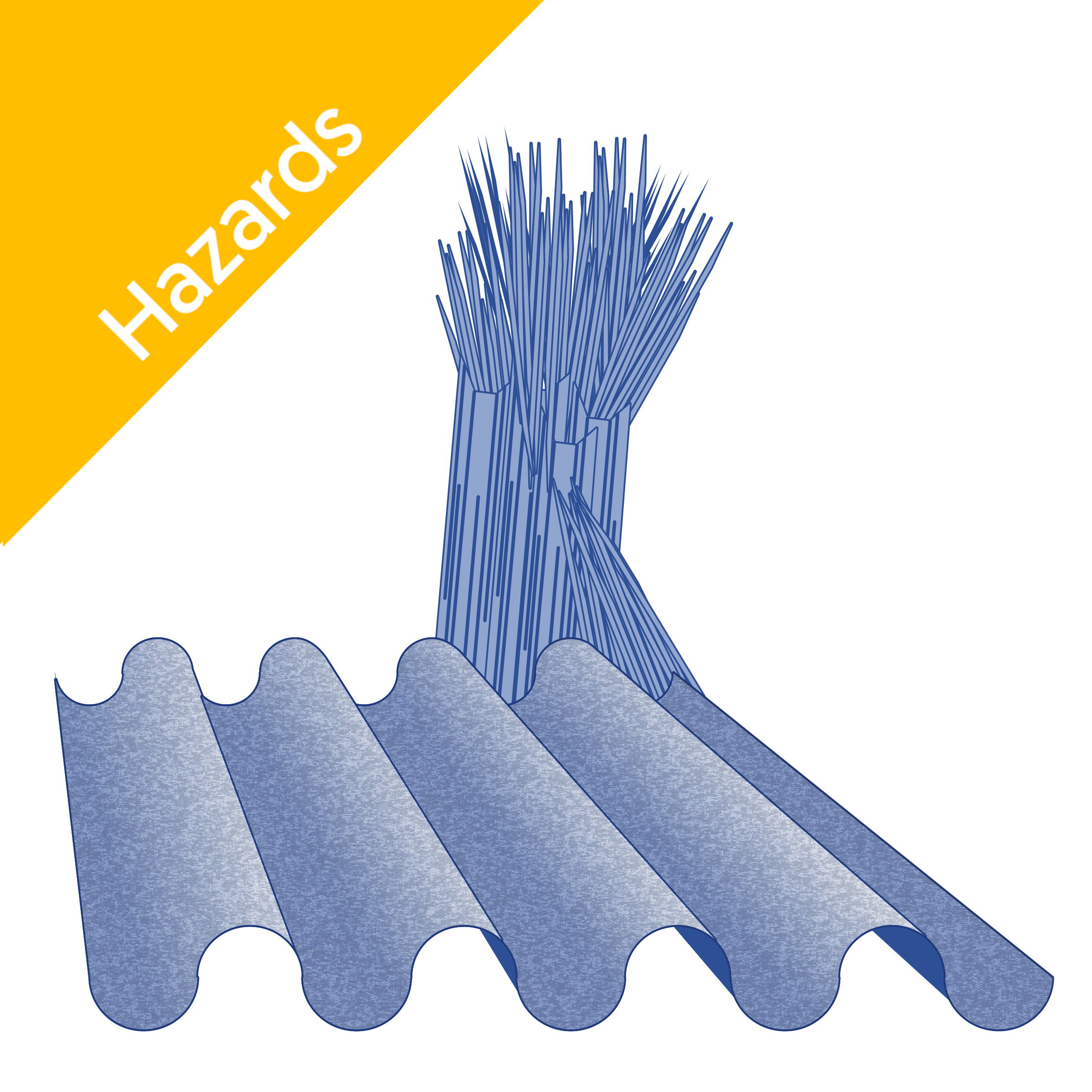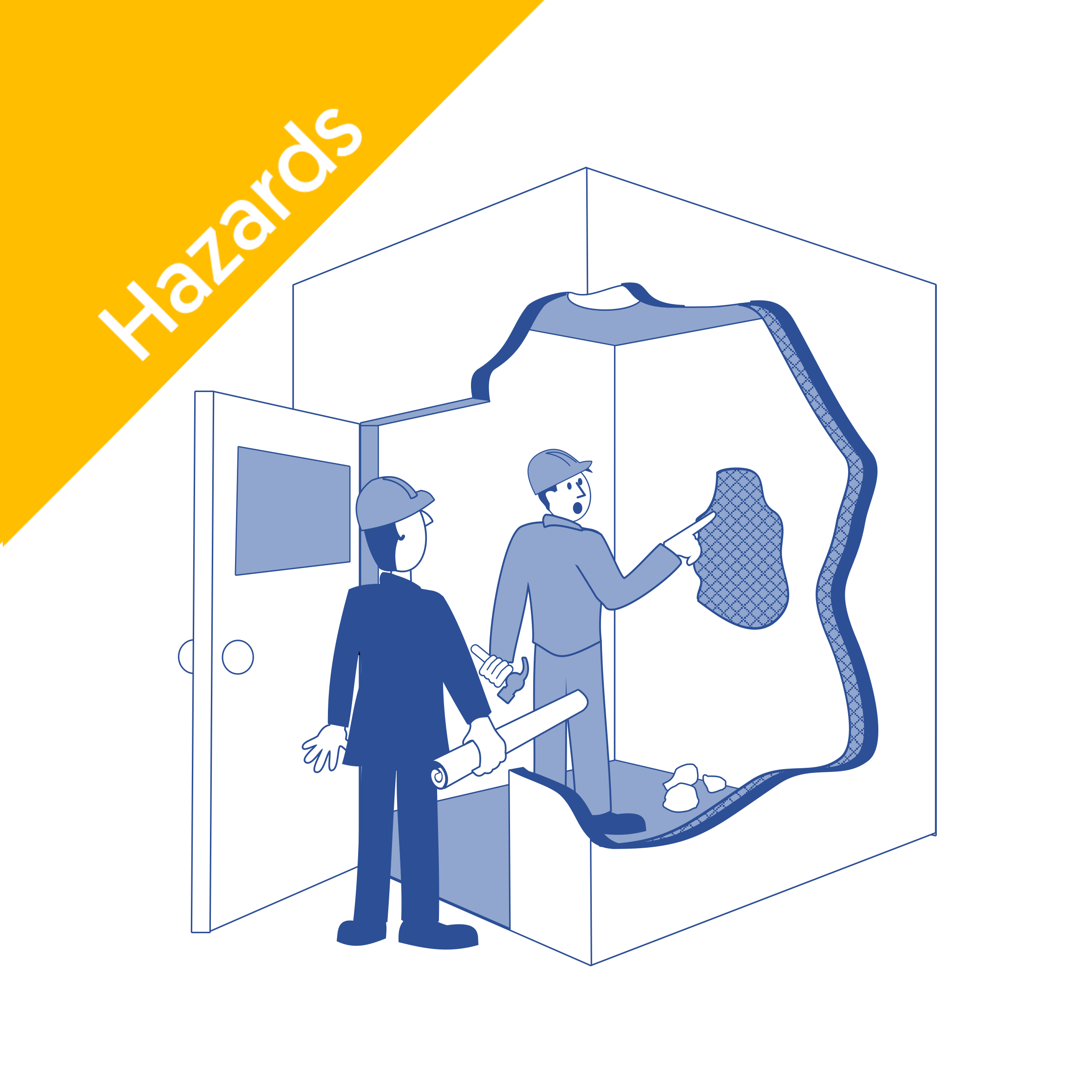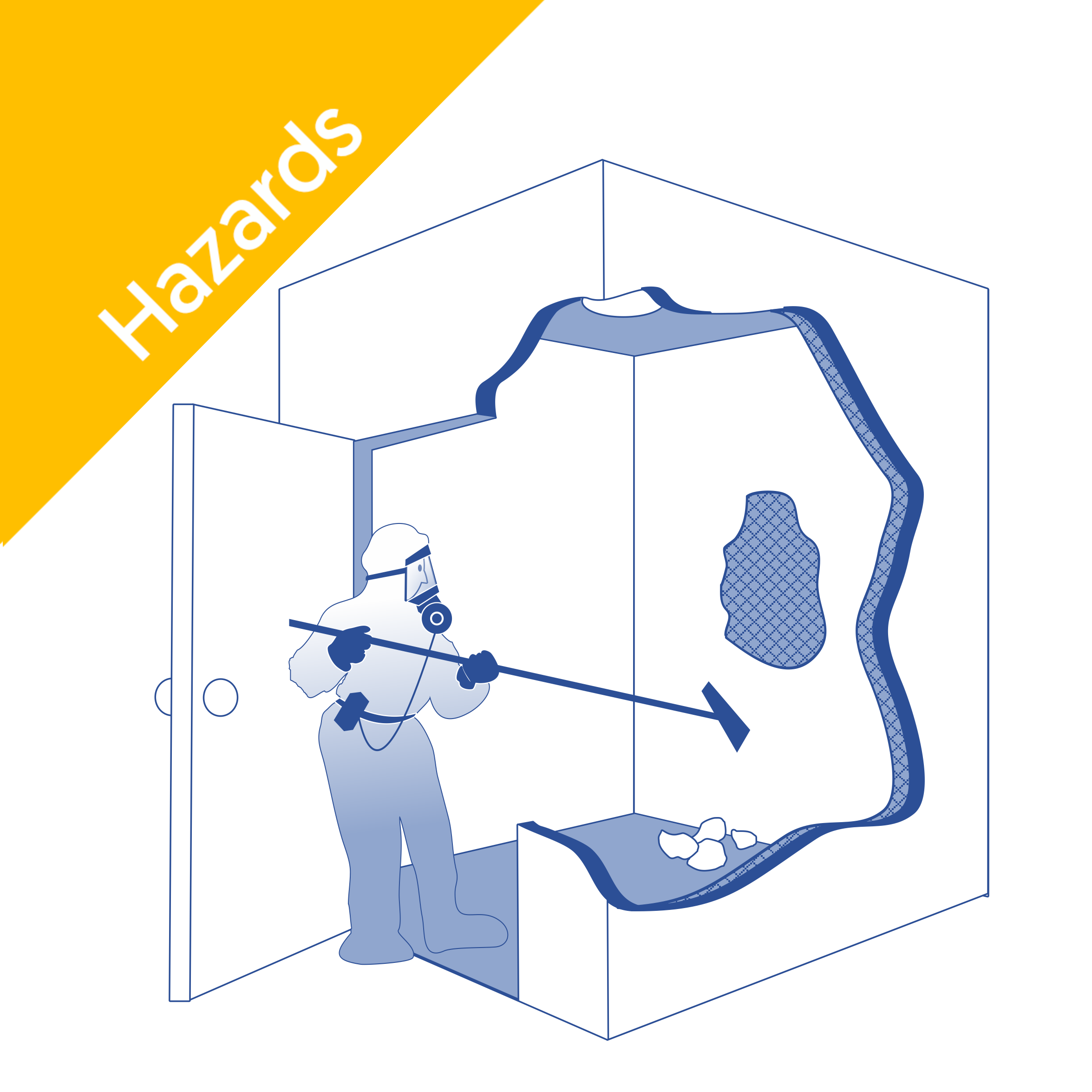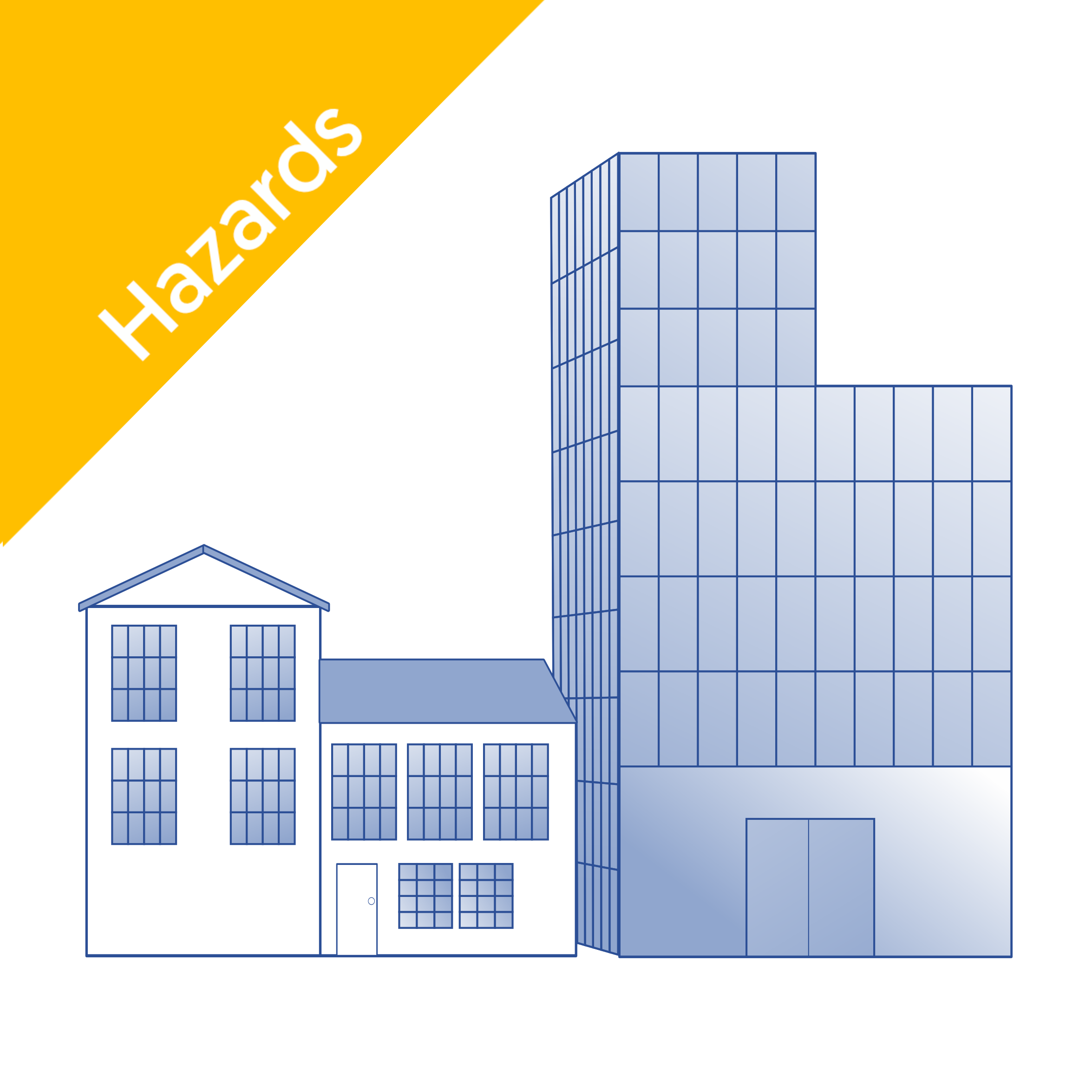Is Asbestos Bad For My Health?
Exposure to asbestos fibres by inhalation can have fatal consequences, such as a risk of developing lung cancer or a chronic lung condition called asbestosis. You can learn more about asbestos exposure and when it can happen by reading our blog ‘Top 10 FAQs On Asbestos'.
How Can I Test For Asbestos In My House?
Asbestos does not have a smell and is difficult to identify by visual examination. However, if you are worried that your house contains asbestos, there are a few steps you can take:
- Consider the age of your house.
Amphibole is the most hazardous type of asbestos, which the UK banned in 1985. If your house was built before that year, it may contain asbestos-containing materials.
The next step is checking for damages. According to the Health and Safety Executive (HSE) guidelines, asbestos materials are not dangerous unless their fibres release into the air due to disturbance. You should regularly check for affected areas in your house, such as abrasions, tears, and water damage. If you find a damaged area, do not touch it. Any attempt to remove asbestos without training increases the risk of exposure to the fibres, which can be fatal.
- Contact a professional for an asbestos survey.
An asbestos survey is carried out by an expert who will first gather information about your house, such as the year it was built and whether it went through renovations or repairs that might have disturbed the asbestos. The next part of the inspection will include a visual analysis where the asbestos inspector searches for household materials that might contain asbestos.
After collecting a sample, the inspector will send it to a specialist laboratory accredited by UKAS (The United Kingdom Accreditation Service). It will be tested using transmission electron microscopes to identify whether asbestos fibres are present and what type they are. After testing, you will receive a report detailing the damage's extent and what to do next.
How to Check for Different Types of Asbestos
Several types of asbestos exist, and their use in commonplace applications before 2000 is extensive.
Let's look at how to identify some of the more common instances of asbestos in houses and other buildings.
How to Test for Asbestos in Ceiling Tiles
Asbestos was prevalent in ceiling tiles in the late 1950s and lasted until the late 1980s. Manufacturers also used asbestos-containing adhesives that held the individual tiles together. Generally, if your property was built before 1980, your ceiling tiles likely contain asbestos.
Asbestos ceiling tiles were a common choice for home kitchen and bathroom ceilings.
How to Test for Asbestos in Soffits
If you're unsure whether your home has asbestos soffits or fascia, there are a few signs to look out for:
- The material is often comprised of fibreglass or vinyl and may be textured.
- The colour will be white, light brown, or grey.
- When handled, it may become fragile and crumble.
Another indicator is white spores and patterns in the roofline. Asbestos-based materials in your roofline, soffits, and facia may prompt you to arrange a survey.
How to Test Floor Tiles for Asbestos
Asbestos floor tiles, or asbestos-containing vinyl tiles, were a popular choice for flooring, and you may often discover them hidden beneath carpets.
These asbestos-containing floor tiles are not distinguishable from what is currently in use. To be sure, the HSE recommends that you gather what information is available. Try to date the tiles' installation or find a trade name if you can do so without disturbing the tiles. You should find out more about this trade name by searching it online.
How to Test for Asbestos in Bricks
Some materials, such as general-purpose clay bricks, do not historically contain asbestos; therefore, no testing is required. Please note that specialist bricks, such as fire bricks manufactured before 2000, will likely contain asbestos.
The HSE confirms that asbestos is not present in the following materials and does not require testing:
- stone;
- brick or breeze-block and mortar;
- concrete;
- metal;
- glass;
- wood; and
- most furnishings and fabrics (except certain specialist items such as fire blankets manufactured pre-2000).
How To Remove Asbestos?
If the asbestos-containing material is in poor condition, the report might advise you to have it removed. In this case, you will have to contact an Asbestos Abatement Contractor.
Anyone removing asbestos must abide by The Control of Asbestos Regulation (2012). Only a licensed contractor who has prepared a thorough written plan of the removal process should attempt it. You can contact the Health and Safety Executive or the Asbestos Removal Contractors Association for a list of contractors with the proper certification.
What Does an Asbestos Removal Contractor Do?
Before the removal, the contractor must clear the area around the asbestos to avoid contaminating the furniture, clothes, etc. Walls and items the contractor cannot remove must be covered with polythene sheeting. All contractors must use a special vacuum called a class H vacuum. They should also wear protective clothing and respirators when in contact with the affected area. At the end of the work, the removal professional should provide a written note outlining how they carried out the work.
After asbestos removal, you should contact an air monitoring specialist to ensure no asbestos remains and assess the thoroughness of the clean-up.
If you'd like to learn more about asbestos removal, please read our summary of HSE guidance: HSG248 Asbestos: The Analysts' Guide Revised.
Alternatives to Asbestos Removal
Removal of asbestos might not always be the safest option. If the damage is not severe, a professional might recommend repairing methods.
Asbestos Removal Alternative: Encapsulation
Encapsulation (sealing) of asbestos is a less invasive process that involves applying a protective layer such as an elastomeric paint, plasterboard, or material over the affected area, which minimises the risk of disturbing asbestos and prevents the release of fibres into the air.
Asbestos Removal Alternative: Enclosing
Enclosing involves covering the asbestos-containing materials to prevent the release of fibres. For example, you can arrange to wrap insulated pipes with a jacket.
Encapsulation and enclosing are often better options than removal because they are less expensive and do not require asbestos disposal. However, you should always contact a professional to conduct a risk assessment to determine the best method.

